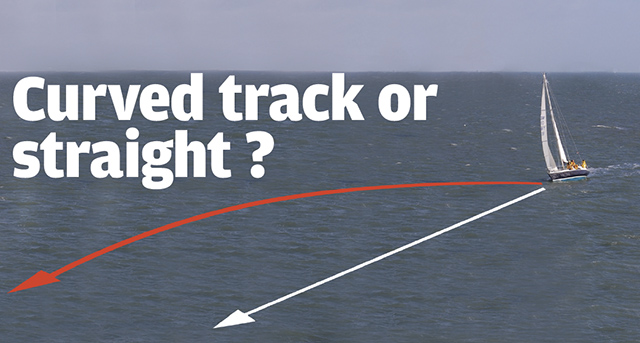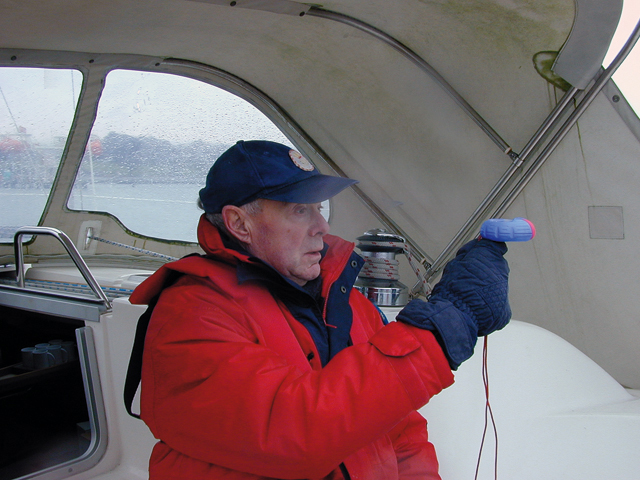The 2017 edition of the Reeds PBO Small Craft Almanac is now available, offering many unique features for small craft sailors in the UK, Ireland and much of northern Europe.
Meticulously researched, this popular almanac contains a wealth of information presented in an easy to find, quick reference manner for practical on-board use.
The Reeds PBO Small Craft Almanac covers the whole of the UK and Ireland and the west coast of Europe from Denmark to the Gironde.
It includes a huge amount of information of value to small craft navigators: Tide tables, tidal streams and tidal gates, Secondary port differences, more than 2,500 waypoints, radio data, light recognition, weather information, principal lights, IALA buoyage, international codes and flags, sun/moon rise and set plus emergency information.
The Reeds PBO Small Craft Almanac 2017 is priced at £18.99 for the printed version, or £16.99 for the eBook edition. Available online and in chandleries, or by calling 01256 302699 quoting ISBN: 9781472930514.
Reviews
‘If Reeds Almanac is the ‘Bible of Sailing’ then this is the ‘Book of Prayer’. Smaller, half the price and a lot lighter, it nonetheless has tide tables, tidal streams and tidal gates.’ – Yachting Monthly
‘an essential almanac for all those who sail/cruise in UK waters and the Irish Sea, France, Germany, Belgium, Denmark or the Netherlands.’ – Hardy Boat Owners Magazine
Nav in a nutshell: Making comfortable progress to windward
Why make heavy going in choppy conditions when a less demanding alternative heading will get you to your destination in…
Tribute to the Cruising Association Almanac editor
The Cruising Association is sad to announce that Tony Brett-Jones, a past President of the CA and, for many years,…
PBO Small Craft Almanac corrections June 2016
Download free PDF of corrections for the PBO almanac
Nav in a nutshell: Lee bowing defined
Dick Everitt explains how you can get a little lift from the tide
Nav in a nutshell: Tacking to clear a headland
Simple step-by-step chartwork can show us when we’ll need to tack to clear a headland, says Dick Everitt.
Nav in a nutshell: Curved track or straight?
GPS will keep us on the straight and narrow by constantly showing how much we need to adjust our heading…
Nav in a nutshell: How to use a Breton Plotter
Breton Plotters are simple to use in practice, but tricky to explain on paper – it’s much easier if you…
Nav in a nutshell: Shaping a course
GPS is not infallible, so it makes sense to know the basics of shaping a rough ‘course to steer’ on…
Nav in a nutshell: Know tidal vectors
'It’s easy for any sailor to remember how to draw tidal vectors with a handy little aide-mémoire!' Says Dick Everitt.…
Nav in a nutshell: Coping with currents
Dick Everitt explains how sailors can apply knowledge of tidal streams to ensure that water flow is a help, not…
Nav in a nutshell: Electronic charts
Dick Everitt assesses the differences between raster and vector charts when deciding on which chart plotter to buy
Nav in a nutshell: Looks good on paper
Up-to-date printed paper charts are a good bet for identifying your position – but they do have their limits, says…
Nav in a nutshell: Navigate with radar
Dick Everitt gives us a clear picture of the advantages to be gained from using radar to check our navigation
Nav in a nutshell: Navigating at night
There’s no need to be in the dark if your preparation is thorough and easy to understand, says Dick Everitt…
Nav in a Nutshell: Lighthouse characteristics on charts
Dick Everitt helps illuminate our understanding of lighthouse characteristics on charts, their dipping distances and loom...
Nav in a Nutshell: Navigate by ‘feel’ using an echo sounder
The ‘ping’ is king: You can navigate by ‘feel’ over the seabed in adverse conditions by using an echo sounder…
Nav in a Nutshell: What is a transit and how are they used in navigation
Lining up a pair of appropriate land features or navigation marks can help keep you safe, as Dick Everitt explains
Nav in a Nutshell: Clearing bearings
In the first of his series on back-to-basics navigation Dick Everitt explains how to use a few simple lines to…






















